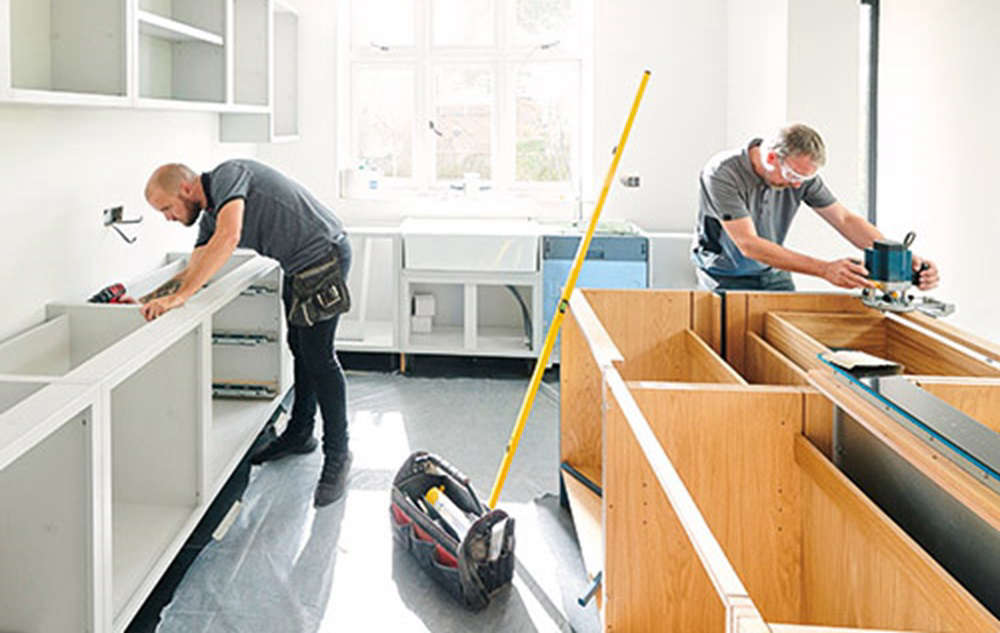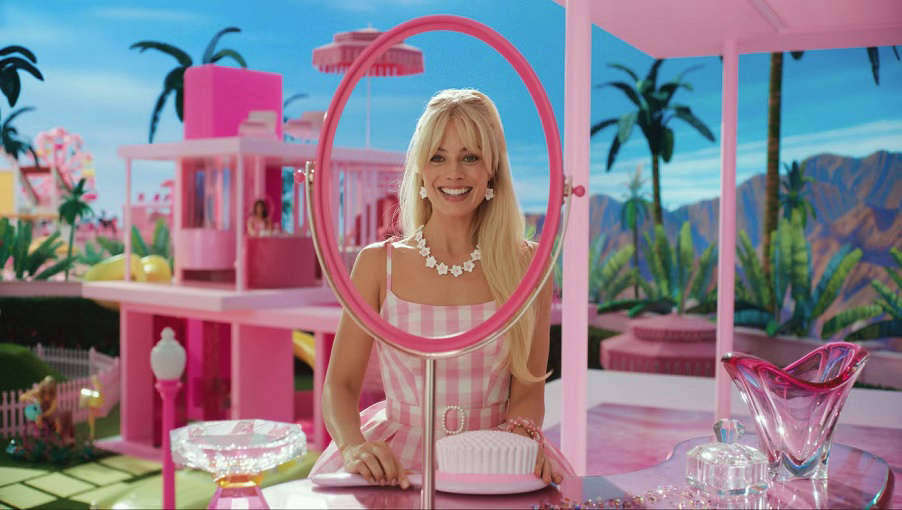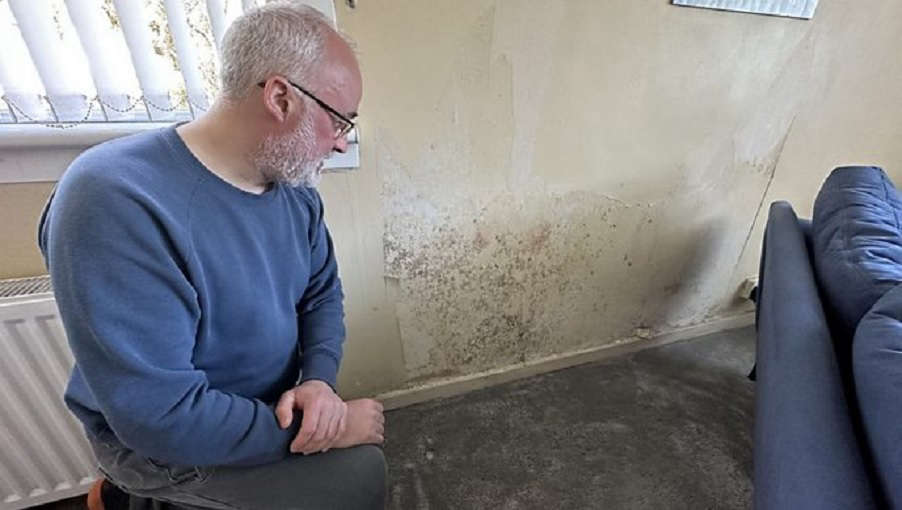

Wilsonart urges industry to address ageing installer workforce issues
Posted: Sunday, July 20th, 2025

The global engineered surfaces manufacturer, Wilsonart, is pushing the kitchen, bathroom and bedroom sector to address the ageing installer workforce issue with more innovative component technologies. New research shows a worsening age gap among UK installers. Wilsonart calls for a broader industry response, including long-term training initiatives and adapted product specification strategies to ease immediate labour pressures. In its latest annual installation survey, the British Institute of Kitchen Bedroom & Bathroom Installation (BiKBBI) highlighted that almost two-thirds of working UK installers are in the 45-64 age bracket. While these findings have focused industry minds on the need for apprenticeships and upskilling, George Emms, specification leader – UK & Ireland at Wilsonart, says this needs to be complemented by additional strategies to address imminent concerns about the growing number of retirements in skilled trades such as tiling and joinery. “Training the next generation of installers is vital if we’re going to close the widening age gap in the profession,” says George. “But we also need to be realistic about how long it takes not just to learn specialist skills, but to master them to the level modern construction projects demand. I’m confident that new installers will reach those standards, but in the meantime, we need to explore how existing, easy-to-use technologies can help us get more out of the workforce we already have. “For example, advances in engineered surface technologies – specifically around dry-fit or interlocking designs – have been shown to help alleviate pressures around installation by eliminating the need for grout, adhesives and complex tools. Generalist tradespeople can quickly fit these surfaces, reducing reliance on specialists that, as the BiKBBI’s findings demonstrate, will soon begin to age out of the existing installer workforce.” Engineered surface technologies are already being used in social housing, healthcare and commercial retrofit projects, where speed, hygiene and durability are critical. Their growing popularity reflects a broader shift in the built environment toward solutions prioritising simplicity, resilience and adaptability, especially in light of increased government investment in housing. “Smarter materials and systems aren’t here to replace skilled tradespeople,” George said. “But they can help us make better use of our skilled labour. For example, the £39 billion the Government committed to social and affordable homes in the latest Spending Review was welcome, but with it comes increased pressure to deliver more projects efficiently despite ongoing labour shortages. “This extra money won’t mean much if we lack the workforce to install the specialist components manufacturers produce for these new buildings. By adopting technologies that streamline installation and reduce the need for skilled personnel, we can avoid delays and keep critical projects moving. At the same time, we continue to train and support the next generation of installers.”
Trending Stories
-
 Essex electrician has roundabout signs rejected
Essex electrician has roundabout signs rejected
A sparkie’s bid to sponsor signs on two roundabouts has been refused by planning chiefs who described them as “clutter”
-
 Barbie caused a ‘worldwide’ shortage of pink paint
Barbie caused a ‘worldwide’ shortage of pink paint
Barbie needed so much fluorescent pink paint that it caused a worldwide supply shortage for an entire company
-
 Builders find body of man murdered in the 1960s and buried in back garden
Builders find body of man murdered in the 1960s and buried in back garden
A woman who bought a South London house was left horrified after builders discovered the body of a man murdered in the 1960s and buried in her garden 14 months after she moved in
-
 'Government insulation scheme ruined my home'
'Government insulation scheme ruined my home'
A home-owner said his flat has been ruined by black mould caused by a government "green" insulation schem
-
 Builder celebrates lottery win by buying his coworkers bacon butties
Builder celebrates lottery win by buying his coworkers bacon butties
A builder from Milford Haven who won big on the lottery celebrated his victory by treating all his workmates to a round of bacon rolls
Comments
Add a comment